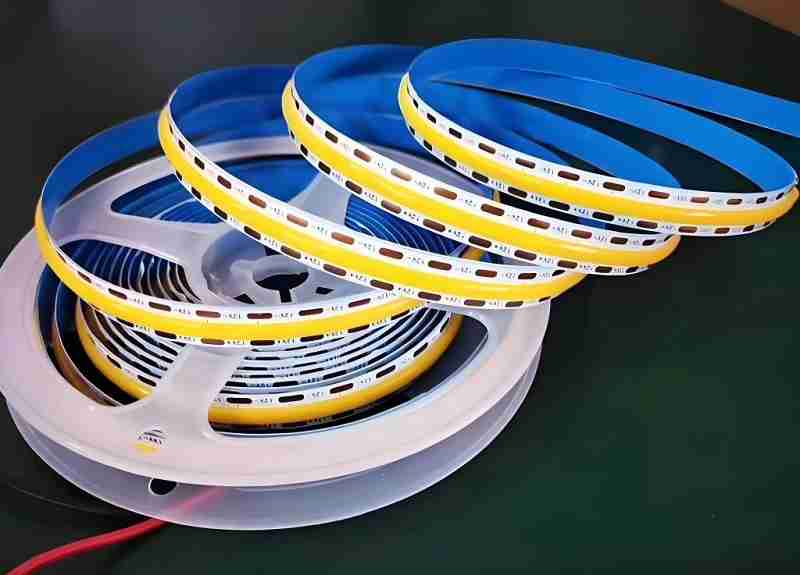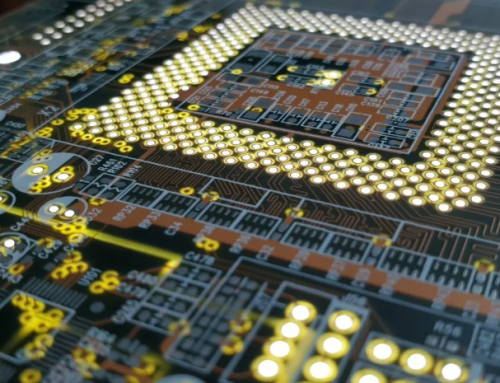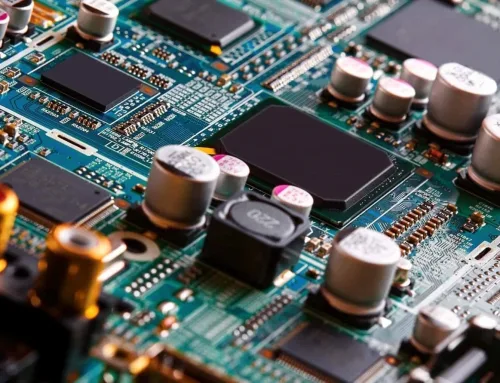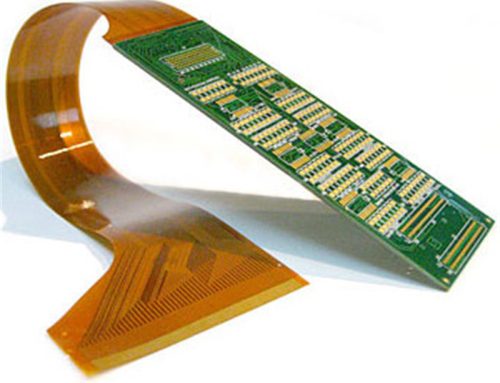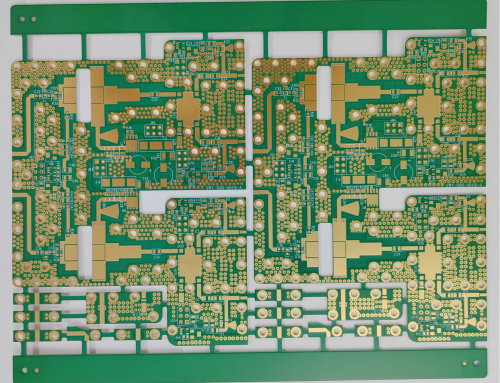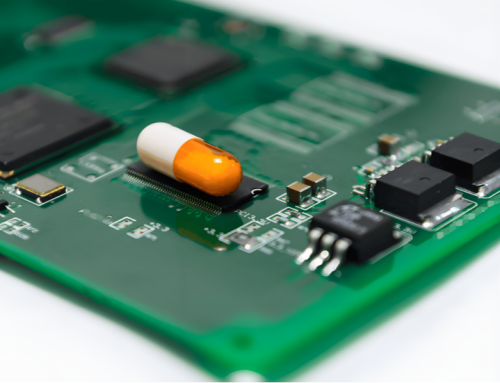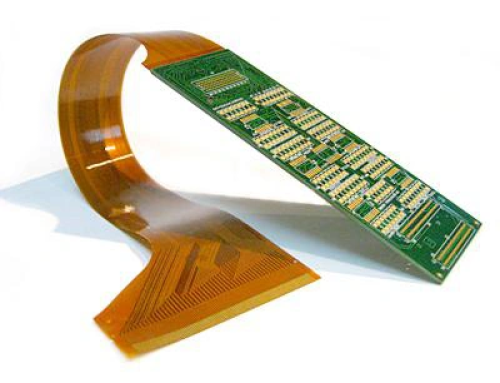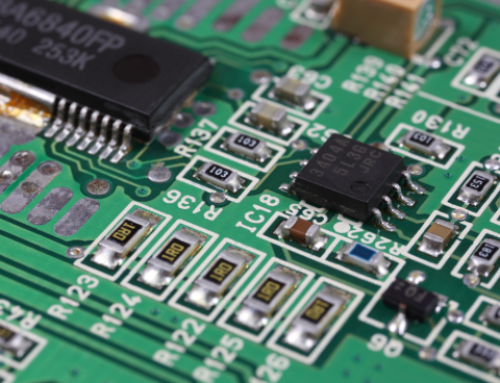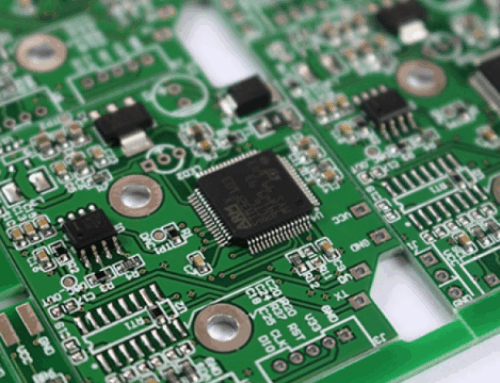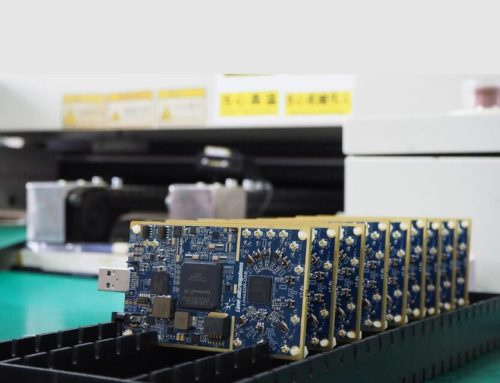COB LED Assembled Circuit Board
Table of Conent
Table of Conent
COB LED, Chip On Board LED boards represent a category of high-power LED light sources. These boards possess the capacity to encapsulate multiple LED chips on a singular aluminum substrate. The configuration of the COB LED board entails the connection of multiple LED chips in parallel, with a side-by-side arrangement. The light is emitted and focused by sharing the same optical lens. COB LED boards are used in applications where high light efficiency and brightness are very important, such as outdoor lighting, automotive lighting, and backlighting. Additionally, COB LED boards find application in ultra-high definition display solutions, particularly in small micro-pitch LED displays, where they contribute to enhancing the viewing experience and safety.
How to Design a COB LED PCB?
1. Substrate Selection
Substrates are typically composed of materials that facilitate effective heat conduction and reflect light. Metal substrates are relatively cost-effective, while ceramic substrates are particularly effective in dissipating heat.
2. Packaging
Coating: It is very important to protect LED chips and solder joints with a special layer, like an organic adhesive or resin. This layer functions to shield against damage from external environmental factors.
Lens design: According to the stipulated application requirements, the integration of lenses onto the surface of the LED PCB is a viable solution to enhance light distribution and optimize the lighting effect.
3. Thermal Design
Heat dissipation structure: the dissipation of thermal energy from the COB LED board is mostly influenced by the substrate, which highlights the importance of using a high-quality substrate. Using extra heat-dissipation methods, like heat sinks and heat pipes, can make the heat dissipation even better.
Chip Arrangement: Adequate chip spacing is crucial to prevent over-dense chips from causing heat accumulation.
4. Optical Design
Color temperature and color rendering index: The particular application scenario will determine which color temperature and color rendering index is best.
Light mixing design: To achieve good light mixing efficiency in multi-color COB LED boards, it is required to design the arrangement and driving mechanism of LED chips of different hues reasonably.
5. Circuit Design
Driving circuit: The driving circuit should be designed to ensure stable operation and optimal electrical performance of the LED chips.
Intelligent control: In scenarios that demand intelligent control, the integration of an intelligent dimming system enables the adjustment of lighting brightness according to actual usage.
How to Make a COB LED Board?
1. Prepare the Substrate
To guarantee that the next operation proceeds smoothly, pick the appropriate substrate and clean it.
2. Mounting and Dispensing
To create an electrical connection between the LED chip and the substrate, apply the proper amount of conductive adhesive to the chip’s positioning point on the substrate.
Place the LED chip in the dispensing position precisely. After doing this using tweezers or a vacuum suction pen, put the substrate containing the chip into a thermal cycling oven and maintain the temperature there for a while.
3. Wire Soldering
The aluminum wire welding machine is to be utilized to electrically connect the LED chip with the electrodes on the substrate, thereby forming an internal lead wire welding. This will guarantee that the chip and substrate have a strong electrical connection.
4. Dispensing and Curing
The preparation of the fluorescent adhesive should be conducted according to the desired color temperature. Subsequently, the automatic dispensing machine should be utilized to apply the fluorescent adhesive to the chip resistors and LED patches on the substrate.
5. Inspection and Packaging
Examine the soldered substrate and fix or swap out the non-emitting LED chips. The chip resistors that aren’t working right should be fixed to make sure the LED board performs well and is high quality.
How Does the COB LED Board Work?
A COB LED board consists of multiple LED chips that are directly attached to a substrate using conductive adhesive. The substrate, typically composed of metal or ceramic, is highly conductive, facilitating efficient power and heat transfer.
The operation of a COB LED board entails the delivery of an electrical current through each LED chip embedded within the substrate’s circuitry, thereby inducing light emission. The light emanating from each chip is diffused and scattered by the enclosing material, resulting in the creation of a uniform light field.
How Long Does COB LED Last?
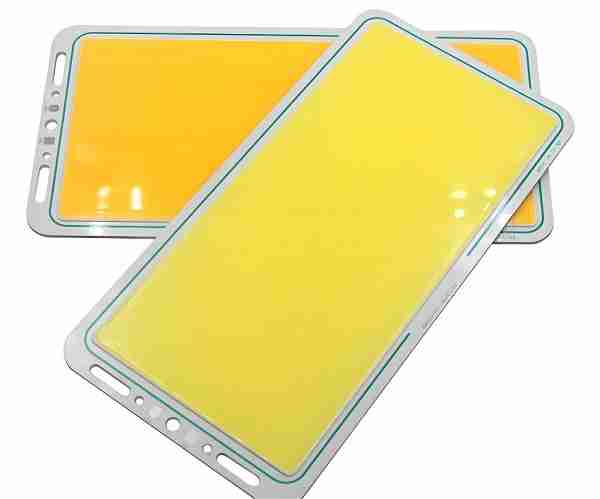
The longevity of COB LED must be addressed because it is an important factor. COB LED circuit boards typically last between 50,000 and 100,000 hours. Their design allows for efficient and quick heat dissipation, which prolongs their lives.
What Are the Benefits of COB LED Boards?
1. Performance of Optics
• High brightness and uniformity: By combining several LED chips, COB LED boards may produce a brighter output. A more homogeneous light field is made possible by its gentle, consistent light emission that is free of ghosting and spots.
• Broad Viewing Angle: The COB package uses spherical light emission that is shallow, which produces a better optical diffuse color effect.
• High color rendering: The COB light source may produce more accurate and natural light because of its high color rendering index and good color rendering.
2. Performance in Terms of Heat
• Excellent heat dissipation capability: The COB LED board’s multiple LED chips share a heat dissipation substrate, which allows heat to be swiftly transferred to the outside environment. This effectively lowers the chip’s temperature and extends its lifespan.
3. Economical Efficiency
• Low cost: In lighting applications, the COB light source module can reduce the cost of device packaging as compared to the conventional SMD package.
• High manufacturing efficiency: Simplified COB packaging process eliminates the need for SMD and reflow soldering, resulting in higher production efficiency.
4. Structure and Application
• Thin and light: The COB LED board structure is simple, according to customer needs to use of different thicknesses of PCB boards, the weight is reduced to about 1/3 of traditional products, easy to transport and install.
• Anti-collision and pressure resistance: The process of COB encapsulation involves placing the LED chip in the PCB board’s concave lamp position, then encasing and curing it using epoxy resin adhesive. Convex into a spherical surface, the lamp point’s surface is hard, smooth, and impervious to wear and collision.
• Bendable: The COB package can bend, PCB bending will not damage the encapsulated LED chip, so you can easily produce a variety of shaped screens.
• Straightforward design: COB light sources are easy to maintain because of their straightforward design. To keep the brightness, all you have to do is clean the optical lens.
What Drawbacks Does the COB LED Board Have?
1. Heat dissipation issue: The limited heat dissipation area caused by the thick chip design makes it easy for heat to build up and has an impact on lifetime and luminous efficiency.
2. Repairing a chip can be challenging because the chip and substrate are integrated into one unit, and if one chip is broken, it must be replaced, which raises maintenance expenses.
3. High initial cost: High material and process requirements result in relatively high initial cost and price.
4. Restricted color selection: monochrome-based, with fewer color possibilities than SMD LED.
Conclusion
COB LED boards are a cutting-edge onboard chip packaging technology that finds extensive application in both indoor and outdoor lighting and display domains because of their unique concept and notable benefits in terms of reliability, heat dissipation, and light uniformity, among other areas. We offer flexible service, a rigorous quality control system, effective heat dissipation design, and cutting-edge COB packaging technology.
Latest Blog
Contact Info
Phone: +86-755-82882936
Email: [email protected]
WhatsApp: +86-13570802455
Wechat: +86-13570802455
Address: 2nd floor,D Bldg.,Electric Link Technology Bldg.,Gongming,Guangming New Dist.,518106 Shenzhen, China

